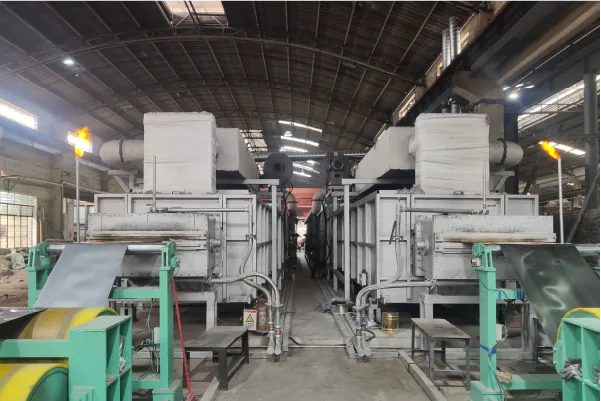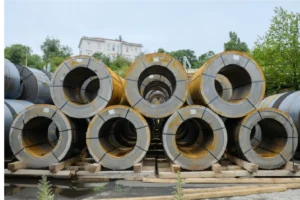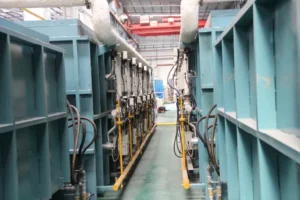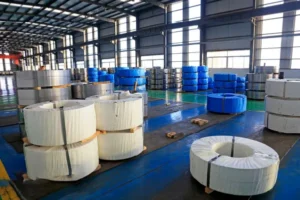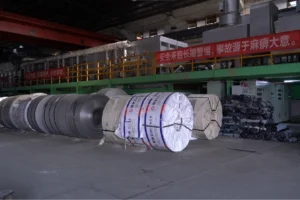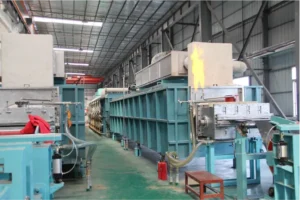Optimizing Stainless Steel Coil Lead Times: Crucial For Healthy Supply Chains
Long lead times create uncertainty in your projects. This disrupts production schedules and inflates costs, putting your business at risk. Optimizing lead times is the key to a resilient, agile supply chain.
Optimizing stainless steel coil lead times is crucial for a healthy supply chain because it enhances operational agility, reduces inventory costs, and improves customer satisfaction. This ensures timely delivery and allows businesses to adapt quickly to fluctuating market demands and avoid production disruptions.
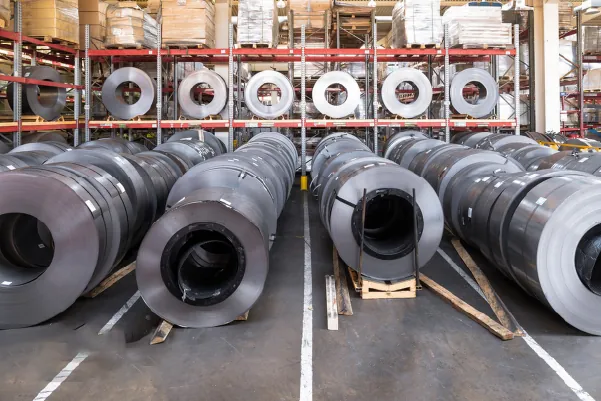
In my role as Global Business Director at MFY, I’ve seen firsthand how the gap between order and delivery can make or break a project. It’s not just about getting materials faster; it’s about building a supply chain that is predictable, reliable, and strong enough to withstand global pressures. Let’s explore why this is so critical and how we can achieve it together.
Why is lead time optimization vital in the stainless steel coil industry?
Unpredictable deliveries hurt your business. When you can't rely on your supply schedule, you lose projects, money, and trust. Prioritizing lead time optimization protects your reputation and your bottom line.
Lead time optimization is vital because it directly impacts your ability to meet project deadlines, manage inventory costs effectively, and respond swiftly to market changes. It is a key driver of competitiveness and customer loyalty in the fast-paced industrial materials sector.
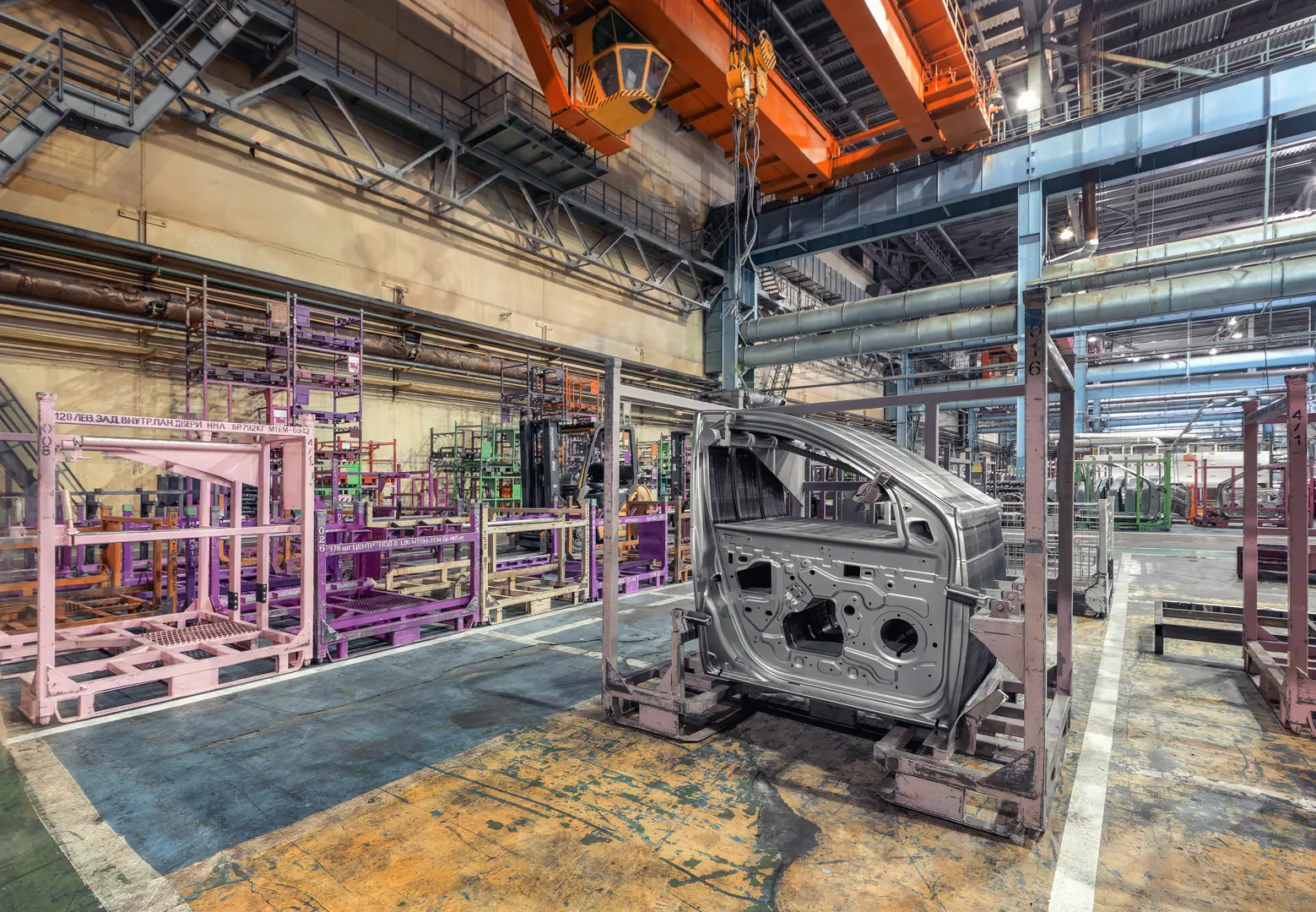
Let’s dive deeper into the core benefits. At MFY, we view lead time not just as a number, but as a critical performance indicator for the entire supply chain's health. For manufacturers, distributors, and contractors, the advantages are tangible and immediate.
Boosting Operational Agility
In today's market, the ability to pivot is everything. Shorter lead times mean you can respond to a sudden surge in demand or a change in project specifications without hesitation. I remember a client in the automotive sector who secured a massive last-minute contract. Their previous supplier quoted a 12-week lead time, which was a deal-breaker. Because we have an integrated system, we were able to commit to a much shorter timeline, allowing them to win the business. This is agility in action. It transforms your supply chain from a rigid liability into a flexible asset that drives growth.
Controlling Inventory Costs
Excess inventory is tied-up capital. Long and unreliable lead times force businesses to hold large "safety stocks" to buffer against potential delays. This not only increases warehousing costs but also heightens the risk of material damage or obsolescence. By shortening and stabilizing lead times, you can adopt a more just-in-time inventory model[^1], freeing up cash flow and reducing overhead.
| Aspect | Long Lead Time | Optimized Lead Time |
|---|---|---|
| Inventory Level | High (Safety Stock) | Low (Just-in-Time) |
| Capital | Tied up in stock | Liquid and available |
| Risk | High (damage, obsolescence) | Low |
| Agility | Low (slow to adapt) | High (quick to respond) |
Ultimately, a shorter, more predictable lead time builds trust and strengthens partnerships, which is the foundation of any successful global business.
What current trends are impacting lead times in stainless steel coil supply chains?
The global market is constantly shifting. Geopolitical events, new regulations, and sudden demand spikes create bottlenecks. Understanding these trends helps you anticipate and navigate supply chain challenges effectively.
Current trends impacting lead times include geopolitical instability affecting raw material routes, fluctuating energy costs, a surge in demand from renewable energy and EV sectors, and the ongoing adoption of digital supply chain management tools. These factors create both challenges and opportunities.
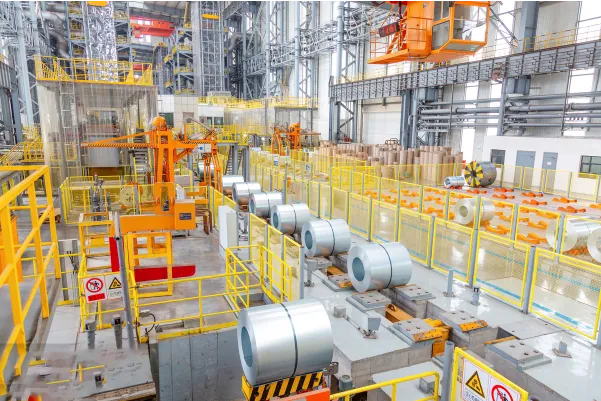
Navigating the global stainless steel market requires a constant watch on the horizon. Several major trends are currently reshaping supply chain dynamics, and we at MFY are actively adapting our strategies to stay ahead.
Geopolitical and Economic Volatility
We cannot ignore the impact of global events. Trade disputes, shipping route disruptions, and fluctuating energy prices have a direct effect on the cost and availability of raw materials like nickel and chromium. This uncertainty makes forecasting difficult and can extend lead times unexpectedly. Our strategy at MFY is to build resilience through diversification in our sourcing and logistics partners, ensuring we have alternative routes and suppliers to mitigate these risks for our clients.
Surging Demand from New Sectors
The global push for sustainability is creating unprecedented demand for stainless steel. The electric vehicle (EV) and renewable energy (solar, wind) industries require vast quantities of high-grade stainless steel, putting pressure on existing production capacities. This isn't a temporary spike; it's a long-term structural shift. To meet this demand without extending lead times for our traditional clients, we are continuously investing in expanding our production capabilities and optimizing our manufacturing processes for greater efficiency.
The Digital Transformation
The most positive trend is the rapid adoption of digital tools. Companies are moving away from manual processes and embracing technology for better visibility and control. This shift allows for more accurate demand forecasting, real-time tracking of shipments, and streamlined communication, all of which are essential for shortening lead times.
What are the key challenges in reducing lead times for stainless steel coils?
Shortening lead times is not a simple task. Complex production processes, international logistics hurdles, and poor communication all cause delays. Identifying these challenges is the first step to overcoming them.
Key challenges include complex production scheduling for various grades and finishes, raw material procurement delays, intricate international logistics and customs clearance, and a lack of real-time visibility across the supply chain. Overcoming these requires a deeply integrated approach.
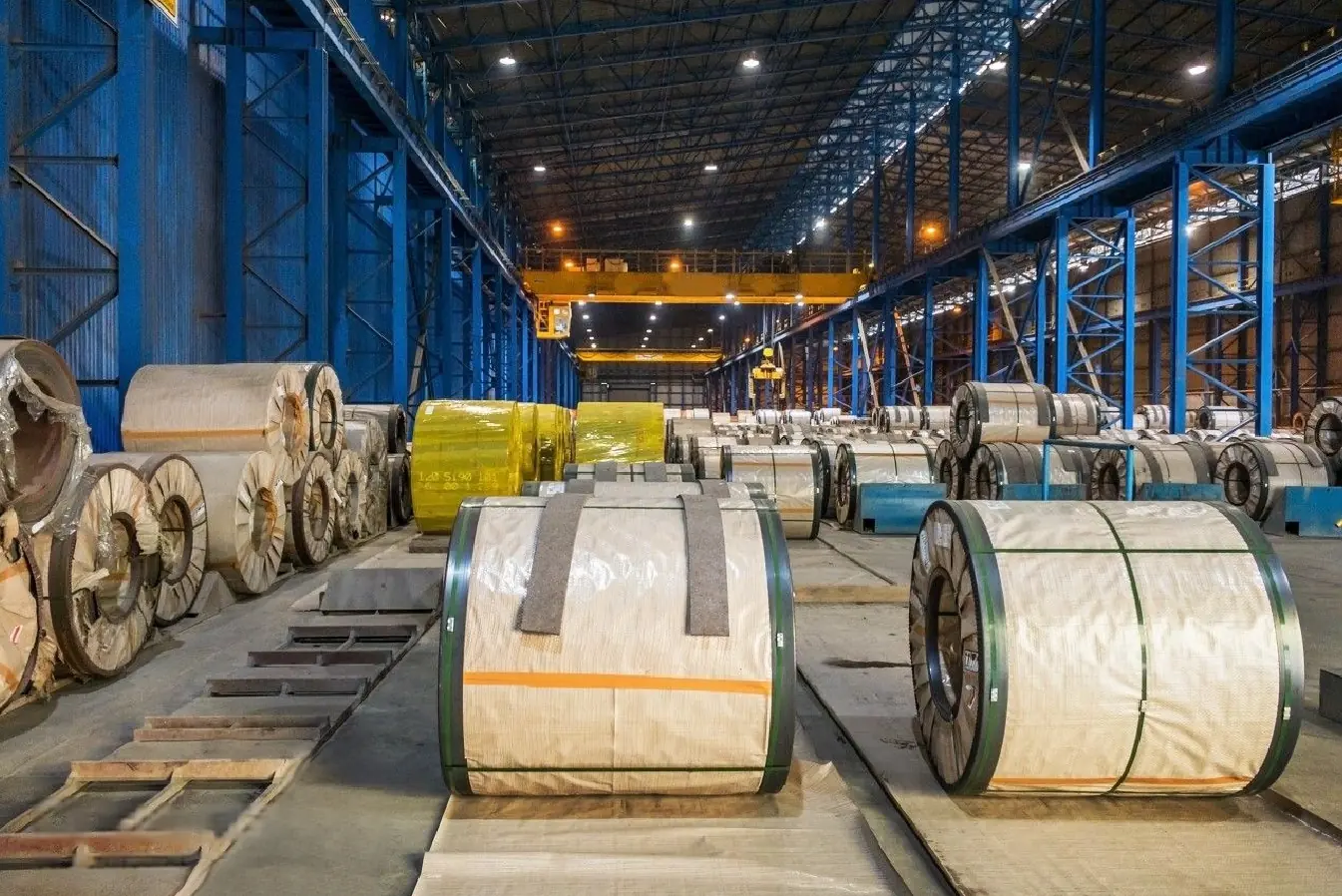
While the goal of shorter lead times is clear, the path is filled with obstacles. From my experience working with partners across dozens of countries, these challenges consistently emerge as the primary sources of delay.
Production and Sourcing Complexity
Stainless steel isn't a single product. It comes in hundreds of grades, finishes, and dimensions, each with a unique production recipe. Scheduling mill time efficiently to accommodate this variety is a massive operational puzzle. Furthermore, securing a steady supply of high-quality raw materials can be a challenge in itself, with any delay at the source causing a ripple effect down the entire chain.
International Logistics and Customs
Once the coil is produced, it must navigate the complex world of global shipping. I recall a client in Brazil who faced a three-week delay because a single customs document was filled out incorrectly. Port congestion, vessel availability, and varying customs regulations in different countries are constant hurdles. Without expert handling and proactive communication, shipments can get stuck for weeks, completely derailing project timelines. This is where having a dedicated, experienced logistics team makes a world of difference.
Visibility Gaps
The biggest challenge is often a lack of information. In a fragmented supply chain, the client, the freight forwarder, and the producer may all have different—and often outdated—information about a shipment's status. This "black box" of transit creates uncertainty and makes it impossible to plan effectively.
| Supply Chain Model | Visibility | Predictability | Risk |
|---|---|---|---|
| Fragmented | Low (Siloed data) | Low | High |
| Integrated | High (Shared data) | High | Low |
Overcoming these challenges isn't about solving one piece of the puzzle; it’s about having a system where all pieces work together seamlessly.
What strategies can improve lead time efficiency in stainless steel coil production?
You need practical solutions, not just reactions to delays. Without a clear plan, you are constantly fighting fires. Proactive strategies can transform your supply chain and boost your overall efficiency.
Effective strategies include strengthening supplier relationships for reliable raw material flow, implementing lean manufacturing principles to reduce waste, optimizing inventory with a stock-holding strategy, and fostering transparent communication with logistics partners and clients to manage expectations and solve problems quickly.
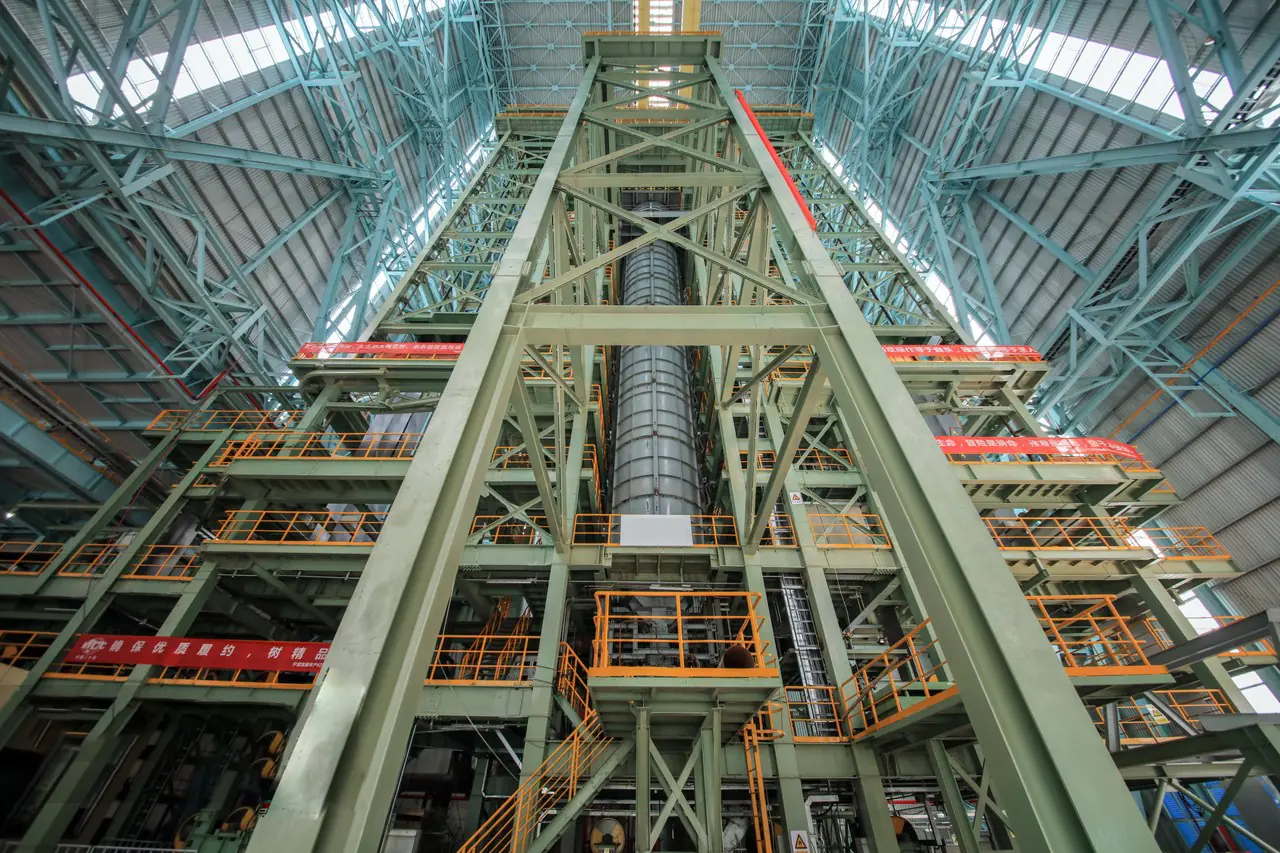
At MFY, we have built our entire business model around a few core strategies designed to ensure speed and reliability. These aren't theories; they are the practical steps we take every day to deliver on our promises.
Vertical Integration of the Supply Chain
This is our most powerful strategy. By controlling key stages of the supply chain—from raw material partnerships to production and global logistics—we eliminate the communication gaps and friction points that cause delays. When the production team, the quality control team, and the export team are all part of the same organization, information flows freely and decisions are made quickly. This structure gives us an unparalleled level of control over the entire process, allowing us to provide our clients with accurate timelines and proactive updates.
Strategic Inventory Management
While we advocate for lean principles, we also understand the realities of the market. We maintain a significant inventory of standard-grade stainless steel coils and sheets. This allows us to fulfill many common orders almost immediately, cutting lead times from weeks to days. For our clients, this means they can rely on us for both their large, planned projects and their urgent, unexpected needs. It’s a balanced approach that combines the efficiency of lean production with the security of a ready-to-ship inventory.
Fostering Proactive Communication
A simple phone call or email can prevent weeks of delay. We train our teams to communicate proactively with clients and logistics partners. If a potential issue arises—a vessel delay, a customs inspection—we don't wait for the client to ask. We inform them immediately, explain the situation, and present a solution. This transparency builds trust and allows everyone to adjust their plans accordingly, turning a potential crisis into a manageable problem.
What technological advancements are aiding in lead time reduction for stainless steel coils?
Using old methods is slow and inefficient. You risk falling behind competitors who are leveraging technology for a competitive advantage. Embracing digital tools provides the visibility and control you need.
Key technological advancements include integrated Supply Chain Management (SCM) software for real-time tracking, predictive analytics for demand forecasting, and IoT sensors for monitoring production and logistics. These tools provide data-driven insights to proactively manage and shorten lead times.
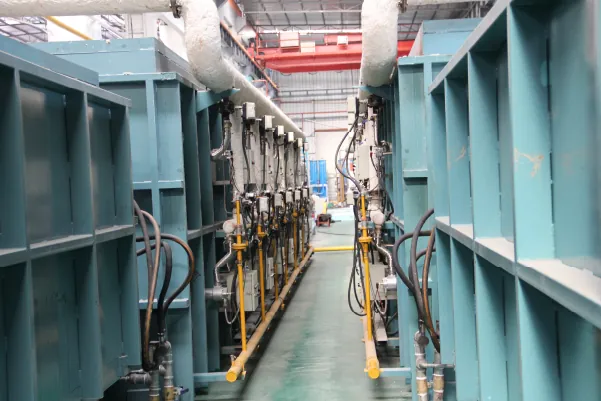
Technology is the engine driving the future of supply chain efficiency. At MFY, our commitment to innovation isn’t just about our products; it’s about the systems we use to manage our operations and serve our clients.
The Power of Predictive Analytics
Guesswork is expensive. We leverage predictive analytics software that analyzes historical sales data, market trends, and even macroeconomic indicators to forecast future demand for different types of stainless steel. This allows us to align our production schedules and raw material procurement far more accurately. Instead of just reacting to orders as they come in, we can anticipate our clients' needs, ensuring the materials they require are already in the production pipeline. This data-driven approach is fundamental to minimizing delays and ensuring a smooth supply flow.
Real-Time Visibility with SCM Software
The "black box" of logistics is disappearing. Modern Supply Chain Management (SCM) platforms integrate data from our production facilities, warehouses, and shipping partners into a single dashboard. This gives both our team and our clients real-time visibility into the status of an order, from the moment it is placed to its final delivery. You can track your shipment as easily as a package from Amazon. This transparency eliminates anxiety and empowers better planning.
IoT and Smart Manufacturing
Inside our partner mills, Internet of Things (IoT) sensors on machinery monitor performance and predict maintenance needs, preventing unexpected breakdowns that can halt production. In logistics, IoT trackers on containers provide live location and condition data, ensuring the integrity and security of the cargo. This granular level of monitoring allows us to manage the physical supply chain with digital precision.
Conclusion
Optimizing stainless steel coil lead times isn't just about speed; it's about building a resilient, agile, and competitive supply chain. By integrating strategies and technology, we can navigate market volatility and deliver consistent value to our partners worldwide. This is the future of our industry.
Have Questions or Need More Information?
Get in touch with us for personalized assistance and expert advice.
